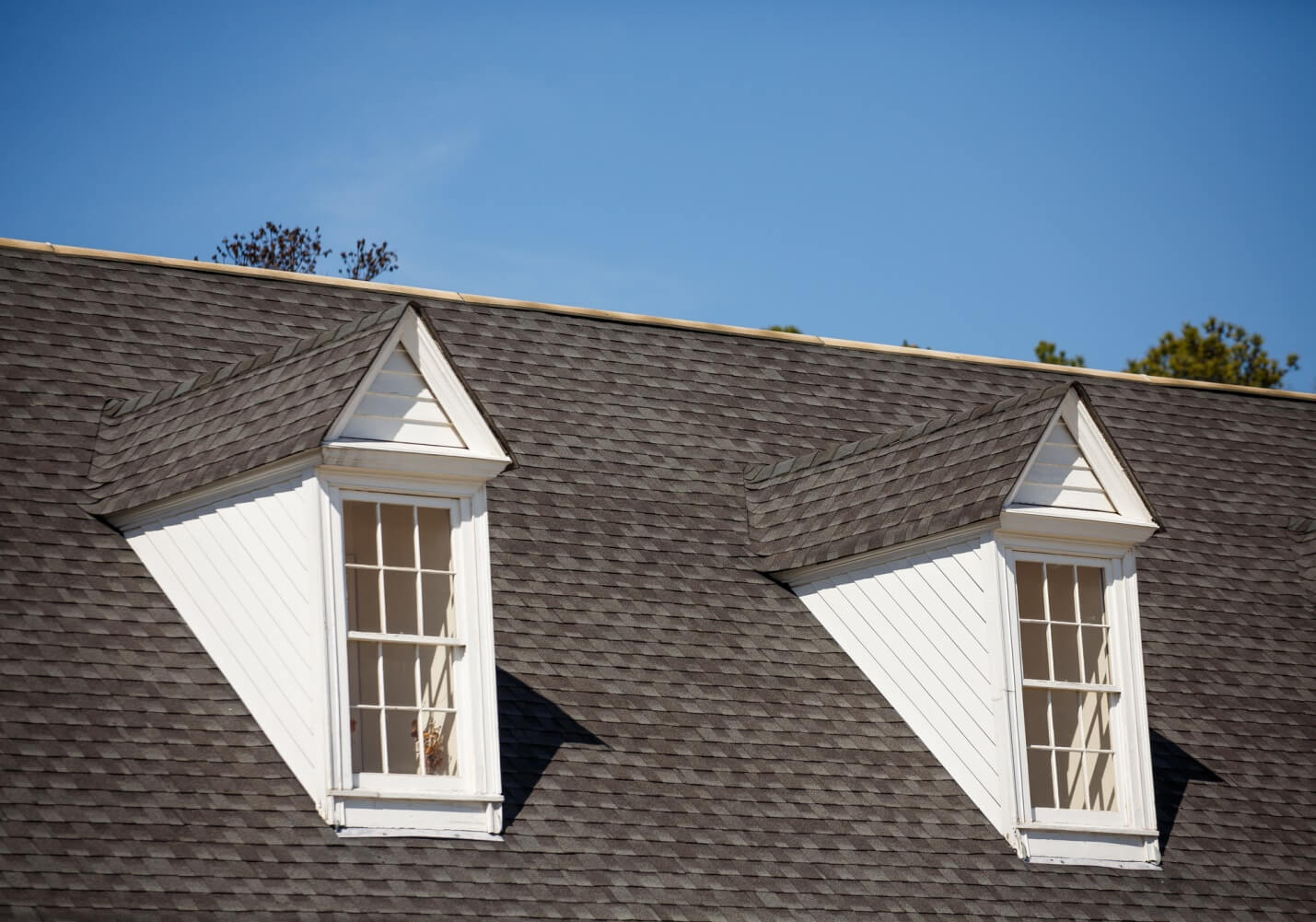
Roof replacement is the final step in the life cycle of a residential roof. A significant amount of damage amounts to the necessity of a replacement, not an upgrade. If replacement is needed, you are not at fault.
That’s why you should know the signs of a roof age so you can determine your threshold for replacement. Below, you’ll find some of the clues you can use to know when you should replace the top.
When Is the Time for a Replacement?
There are a few key things to consider when trying to determine whether your top needs a replacement. The age of your ceiling. If your ceiling is nearing the end of its lifespan, it may be time to start thinking about a replacement.
Another key factor is the condition of your canopy. If you’re noticing leaks or other signs of wear and tear, it may be time to replace your top before any further damage happens. Finally, consider your warranty.
If your top is still under warranty, you may be able to get it replaced for free or at a reduced cost and keep your home beautiful.
Types of Roofs and Their Lifespan
The average lifespan of a ceiling depends on the type of materials used. For asphalt shingles, the average roof lasts 20 to 30 years, while tile roofs can last up to 50 years. Metal roofs can last up to 100 years, and Slate roofs can last a whopping 150 years.
As you can see, the type of roof you have installed has a big impact on how long it will last. So if your top is approaching the end of its lifespan, it may be time to start thinking about a replacement.
Choose the Right Roofing Contractor
Choosing roof replacement contractors is ensuring that they have experience with the type you have. It’s important to choose a contractor who has experience replacing tops of a similar age. This will ensure that your ceiling is replaced and that any potential problems are caught early on.
Be sure to ask for references from past clients to get an idea of the quality of the contractor’s work.
Climate Condition
Climate conditions are a major factor in its lifespan of it. A roof in a dry, arid climate will last longer than the same roof in a humid, tropical climate. Other factors, such as the quality of the materials used, the pitch of the roof, and the ventilation, also play a role in how long it will last.
Consider These Factors to Prevent Roof Age
Most of it lasts 20-30 years. Roofs in areas with high winds and heavy rain or snowfall will usually not last as long as roofs in more moderate climates and so you will lose the aesthetic lights as well. The type of roofing material also affects the roof age – asphalt shingles usually last 20-30 years, while metal roofs can last 40-70 years.
If your roof is more than 20 years old, it’s a good idea to have it inspected by a roofing contractor to determine if it needs to replace.
For more information about taking care of roofs, Visit and read our other blogs!
Steven Bennett
Related posts
Stay connected
Today's pick
- Things to Remember While Designing Your Custom Modular Kitchen in GurgaonGurgaon now known as Gurugram is the second largest city in the state of Haryana and is a reflectiossn of an ideal modern city with futuristic goals. Witnessing rapid urbanization, it has also emerged as a hub for contemporary homes, with homeowners seeking innovative and... The post Things to Remember While Designing Your Custom Modular […]

